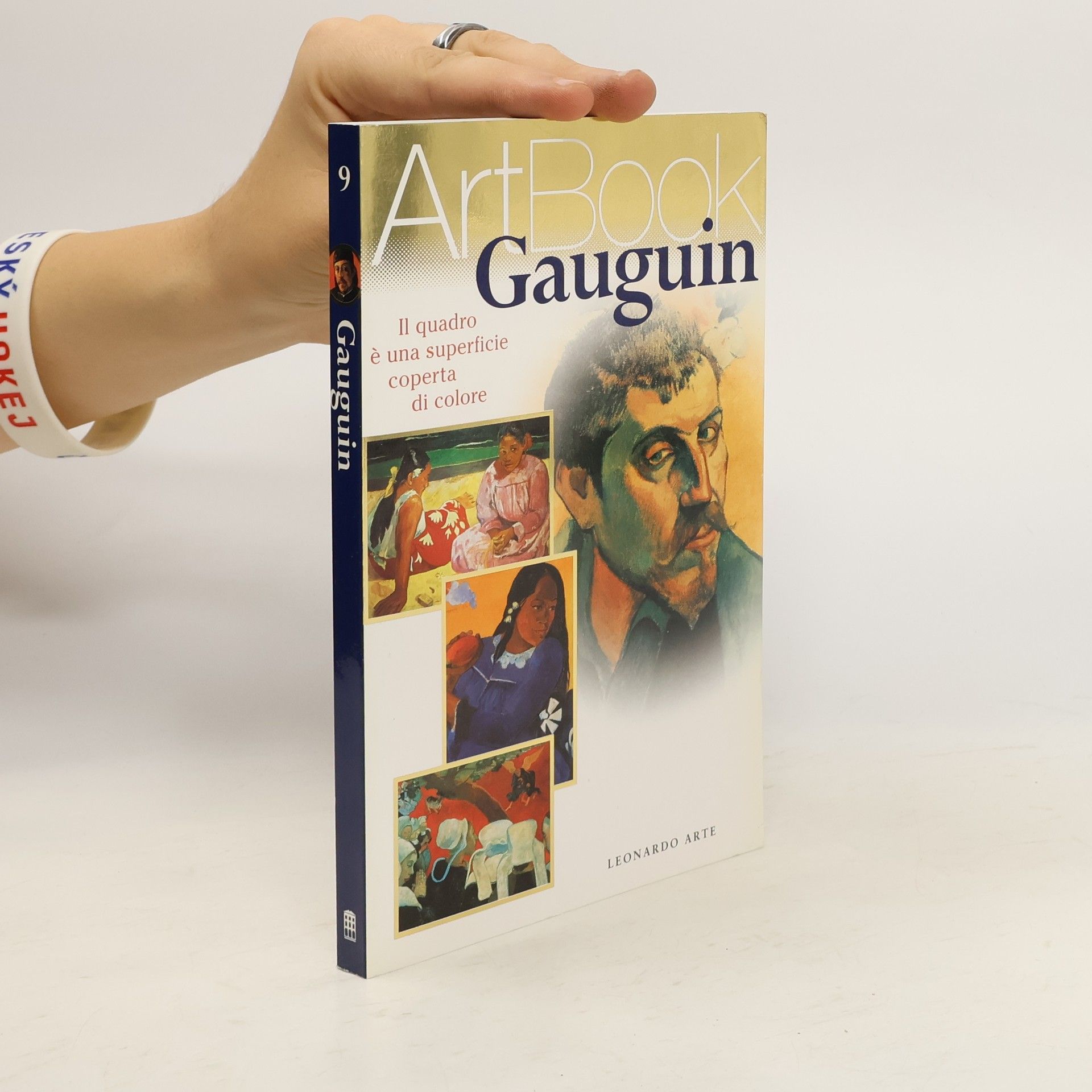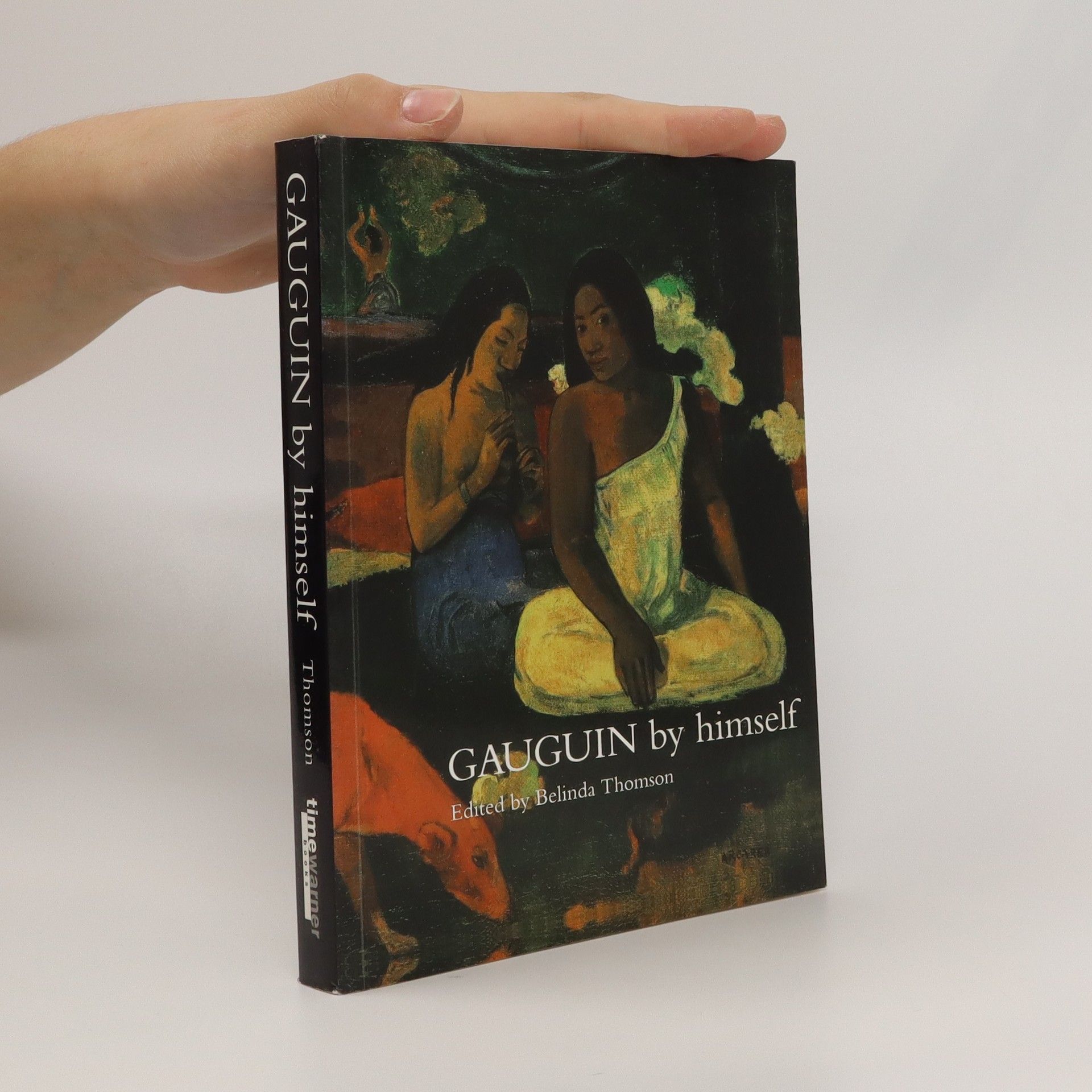Paul Gauguin Libri
Paul Gauguin, ispirato dagli impressionisti, abbandonò una carriera di successo nella finanza per dedicarsi completamente all'arte. A Pont-Aven, in Bretagna, forgiò un nuovo stile noto come Sintetismo, ordinando e semplificando i dati sensoriali fino ai loro fondamenti. Il suo uso rivoluzionario del colore per la sua potenza emotiva anziché per la sua capacità mimetica, applicato in ampie aree delineate da contorni scuri, influenzò significativamente gli artisti dei primi del Novecento. Gauguin cercò il potenziale espressivo nelle culture rurali e "primitive", il che lo portò a Tahiti, dove si sforzò di inventare ed esprimere la propria visione del mondo, intrecciando la mitologia polinesiana con elementi occidentali. Le sue opere, tra cui intagli e grafiche, affrontano questioni di vita, morte e conoscenza, rendendolo una figura chiave del Post-Impressionismo.







Paul Gaugin was a French post-impressionist artist. He is recognized for his experimental use of color and synthetist style that were distinctly different from impressionism
Unsere Kalender sind auf umweltfreundlichem Papier gedruckt und vom FSC zertifiziert. 16-Monats-Kalender mit internationalen Feiertagen und den Feiertagen der wichtigsten Weltreligionen. Broschürenkalender - Fine Arts 30x30 cm (geöffnet 30x60 cm)
Anticonformista, originale, ispirato, coraggioso, irrequieto: Paul Gauguin è uno dei più affascinanti pittori della fine dell'Ottocento, uno dei pochi a rifiutare le brillanti ma facili seduzioni della Parigi impressionista e sorridente. Alle difficoltà e alle amarezze del quotidiano Gauguin contrappone l'esaltante ricerca della purezza e della bellezza, pronto a lasciare tutto e a mettersi in viaggio fino all'altro capo del mondo. Dalla Bretagna a Tahiti, dalla campagna francese alle isole Marchesi, Gauguin ci conduce lungo un itinerario sorprendente e meraviglioso. Il volume offre un'inconsueta densità di informazioni sull'artista ed è illustrato con oltre 300 immagini a colori.
Paul Gauguin's Intimate Journals
- 192pagine
- 7 ore di lettura
Unappreciated in his own lifetime, Paul Gauguin (1848-1903) is now recognized as one of the giants of French postimpressionism and a pioneer of early modernism. A rebel in both art and life, he rejected his bourgeois upbringing and comfortable stockbroker's job to devote his life to painting. Eventually, dismayed by the "hypocrisy of civilization" and in search of a primitive idyll, he left Paris and took up residence in the South Seas, first in Tahiti and, later, in the Marquesas Islands. He would never return to Europe. In the final months of his life, he wrote this witty, revealing autobiographical memoir with the request that it be published upon his death. It first appeared in the original French in 1918, and was translated into English three years later. As his son Émile wrote in the preface, "These journals are an illuminating self-portrait of a unique personality. They bring sharply into focus for me his goodness, his humor, his insurgent spirit, his clarity of vision, his inordinate hatred of hypocrisy and sham."Wide-ranging and elliptical, these candid reflections reveal Gauguin's thoughts about many subjects, including frank views on his fellow artists back in Paris, his turbulent relationship with Van Gogh and the charms of Polynesian women, while providing glimpses into his often far-from-idyllic life in the islands. This beautiful facsimile reproduces the first American translation of the journals, a rare limited edition privately published in New York in 1921 for a select group of subscribers. With full-page sketches by the artist, these entertaining and enlightening musings give us a unique insight into Gauguin the man and the artist. Translated from French by Van Wyck Brooks (1886-1963)
"The life of Paul Gauguin (1848--1903), who abandoned his wife, five children, and a successful career as a stockbroker to paint in poverty in exotic Tahiti, is one of the legendary tales of the art wor"
Gauguin by himself
- 224pagine
- 8 ore di lettura
One of the great classics of modern art: Gauguin's own account of his time in Tahiti, in its original version
Eugene Henri Paul Gauguin (1848-1903) was a leading Post-Impressionist painter. His bold experimentation with colouring led directly to the Synthetist style of modern art while his expression of the inherent meaning of the subjects in his paintings, under the influence of the cloisonnist style, paved the way to Primitivism and the return to the pastoral. He was also an influential proponent of wood engraving and woodcuts as art forms.


